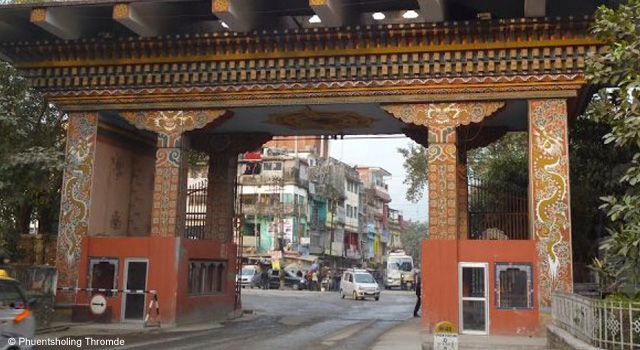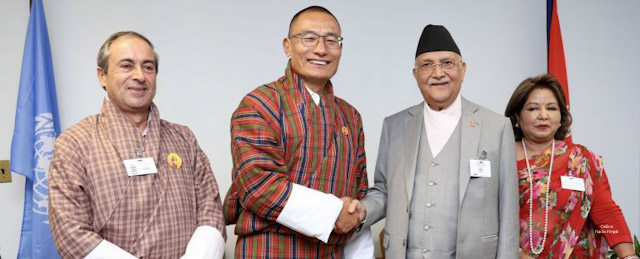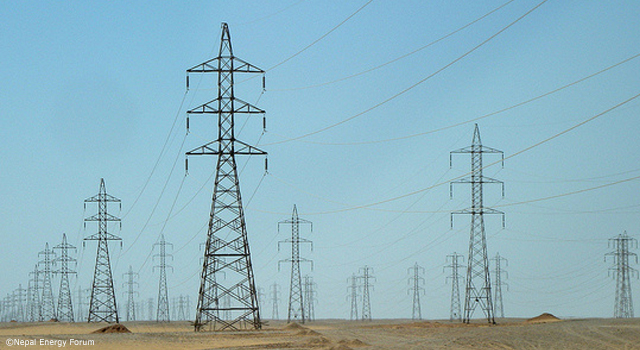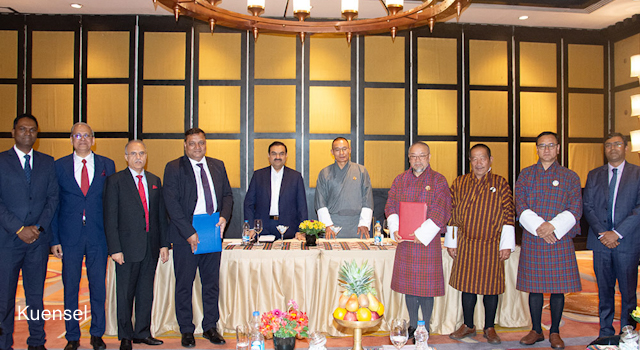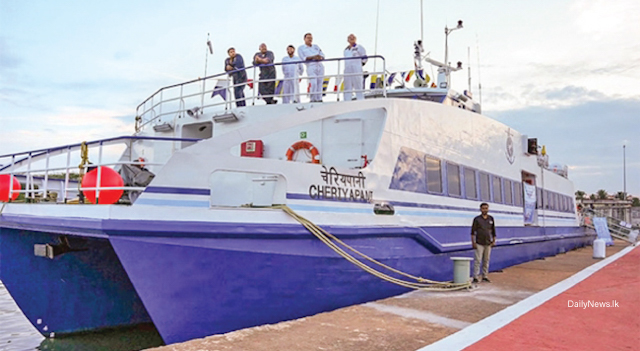
Blog: Is South Asia ready for a Regional Motor Vehicles Agreement?
20 July 2016

Bangladesh, Bhutan, India and Nepal (BBIN) signed a landmark Motor Vehicles Agreement (MVA) meant to allow smooth passage of goods and passenger vehicles in each other’s territories. In this blog post, Sanjay Kathuria, Lead Economist and Coordinator, South Asia Regional Integration, Trade and Competitiveness Global Practice, World Bank, asks if South Asia is truly ready for such a regional agreement.
Is South Asia ready for a Regional Motor Vehicles Agreement?
By Sanjay Kathuria
Judging by the number of views of the recent Facebook livestream event on intraregional trade and investment in South Asia, there is significant interest in this topic. And there should be, given that there remain many important and untapped opportunities to use the power of trade and investment to enhance economic opportunities, including for lesser-skilled people and women in the region.
According to respondents of the Facebook poll conducted during the above event in May 2016, the most important policy to enhance intraregional trade would be to invest in connectivity and border crossings. Policy makers seem to realize this as well. Over the last two years, new efforts to deepen South Asian cooperation in trade have focused almost exclusively on trade facilitation issues. Let me elaborate.
In June 2015, the transport ministers of Bangladesh, Bhutan, India and Nepal (BBIN) signed a landmark Motor Vehicles Agreement (MVA) to allow smooth passage of goods and passenger vehicles in each other’s territories. This agreement has now been ratified in all the four countries (Bhutan was the most recent to come on board, in June 2016), and paves the way for its implementation. For those who have seen the process of exporting country vehicles loading their cargo at the border into the trucks of the importing country, the implications are quite far-reaching for efficiency and costs. These developments are particularly important for landlocked Bhutan and Nepal.
Cooperation between India and Bangladesh is deepening at a faster pace than any other bilateral pair of countries in South Asia, and this includes developments in trade. Thus, in June 2016, they began transshipment operations that would allow India to use Bangladesh’s Ashuganj port to send goods to Tripura and the rest of the isolated Northeastern belt of India. This is part of a revised inland trade protocol that would also allow Bangladesh to access Bhutan and Nepal via Indian territory. Earlier, in June 2015, two additional bus services, covering Kolkata-Dhaka-Agartala and Dhaka-Shillong-Guwahati, were flagged off by the Prime Ministers of the two countries. These would enable West Bengal to link with Northeast India via Dhaka.
Similarly, Nepal’s sea access got a major boost in June 2016 when India and Nepal agreed that India’s Visakhapatnam Port would be the second gateway port for Nepal, in addition to Kolkata-Haldia. On South Asia’s western front, while there is currently less momentum to push regional cooperation, the emphasis has remained on trade facilitation. Thus, Pakistan and Afghanistan have focused much of their efforts on trade to improve the functioning of the 2010 Afghanistan Pakistan Trade and Transit Agreement (APTTA), and to also include Tajikistan in the agreement.
While the above summary points to some recent encouraging developments, especially on the Eastern side of South Asia, there remains a very big unfinished connectivity agenda. This could include the following steps. One, negotiate a Motor Vehicles Agreement for the whole of South Asia—a potentially transformative event. Two, address inefficiencies in border crossings to reduce costs and the time required for goods to cross. Three, agree on a framework to address non-tariff barriers, which are a constant irritant in trade. Four, negotiate and implement the protocols to implement the MVA in the BBIN countries, which could also inspire the rest of South Asia to do the same.



